Living in Arizona means your pool gets a serious workout. With temperatures soaring above 110°F in summer and sunshine nearly year-round, pools in Queen Creek, San Tan Valley, Mesa, Gilbert, and Chandler face unique challenges that can send energy bills through the roof. But here's the good news – with the right approach, you can keep your pool crystal clear and comfortable while dramatically cutting energy costs.
Arizona's desert climate creates the perfect storm for high pool operating expenses. Extended swimming seasons, intense UV exposure, dust storms, and extreme temperature swings all demand more from your pool equipment. The average Arizona pool owner spends 40% more on energy costs than homeowners in milder climates. However, smart equipment choices and operational strategies can flip this challenge into an advantage.
Essential Equipment Upgrades That Pay for Themselves
Variable-Speed Pool Pumps: Your Biggest Energy Saver
Think of your pool pump as the heart of your entire system – and in Arizona, it's working overtime. Traditional single-speed pumps are like driving your car with the gas pedal floored 24/7. They consume massive amounts of electricity because they only know one speed: full blast.
Variable-speed pumps revolutionize this equation. Instead of running at 3,450 RPM constantly, these intelligent systems adjust their speed based on actual pool needs. During off-peak hours, they might run at 1,000 RPM for basic circulation. When you're swimming or running the spa, they ramp up to higher speeds.
The energy savings are remarkable – typically 50-90% reduction in pump-related electricity costs. For Arizona homeowners, this translates to $800-1,500 annual savings. While variable-speed pumps cost more upfront ($800-2,000 vs. $300-600 for single-speed), most Arizona pool owners see payback within 18-36 months.
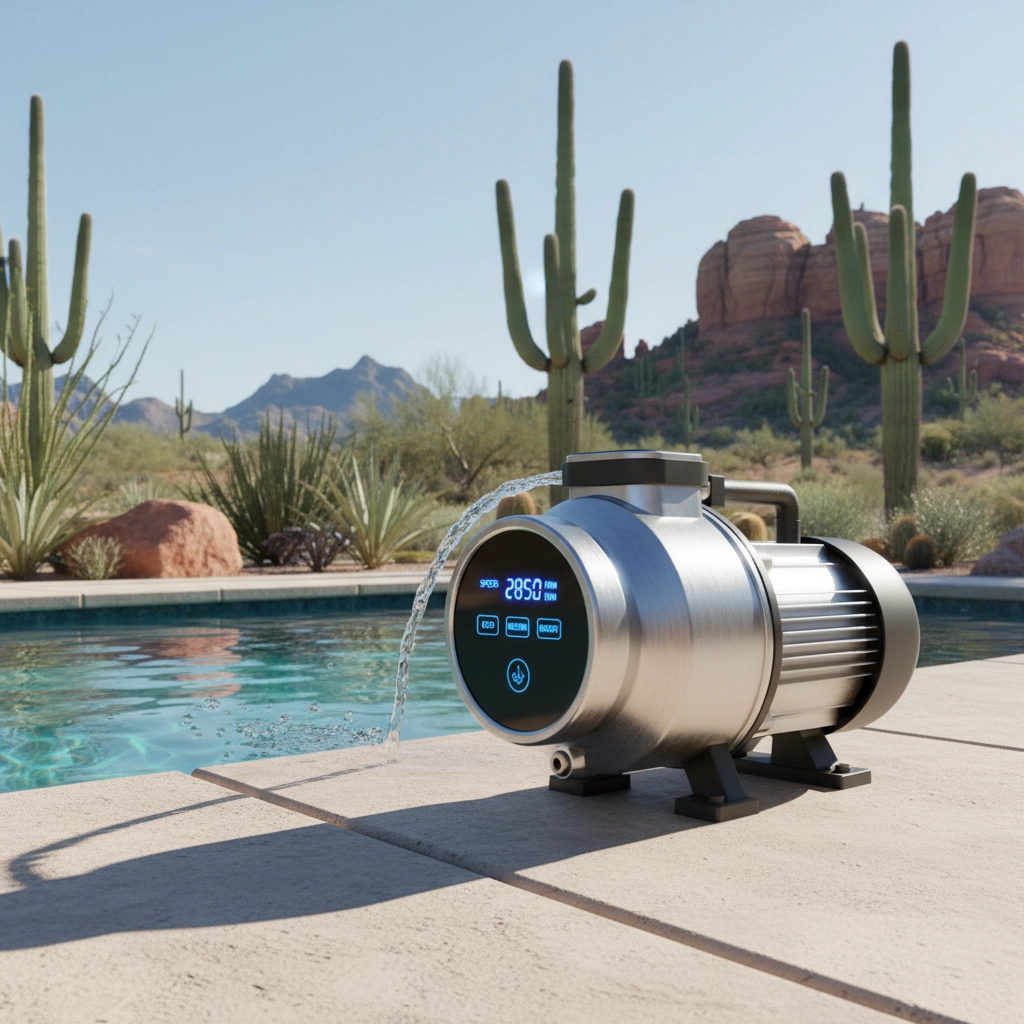
Smart Filtration for Desert Conditions
Arizona's dusty environment puts extra strain on filtration systems. Monsoon seasons bring sudden dust storms that can cloud pristine pools in minutes. Your filtration system needs to handle this challenge efficiently.
High-efficiency filters paired with variable-speed pumps create a powerful combination. Cartridge filters often work better than sand filters in Arizona because they trap finer particles without requiring backwashing – a significant water conservation benefit in our desert climate.
Harnessing Arizona's Greatest Asset: Solar Power
Arizona receives over 300 sunny days annually, making solar pool heating one of the most cost-effective upgrades available. Solar heating systems circulate pool water through roof-mounted panels, where Arizona's abundant sunshine warms the water naturally before returning it to your pool.
The economics are compelling. Solar heating systems typically cost $3,000-8,000 installed, but they can save $500-1,500 annually on heating costs. In Arizona's climate, payback periods range from 2-5 years, after which you enjoy essentially free pool heating for 15-20 years.
Solar heating proves especially valuable for Arizona pools because even in "winter," pool temperatures can feel cold for swimming. Solar systems extend comfortable swimming from March through November, and sometimes year-round in the Valley's warmer microclimates.
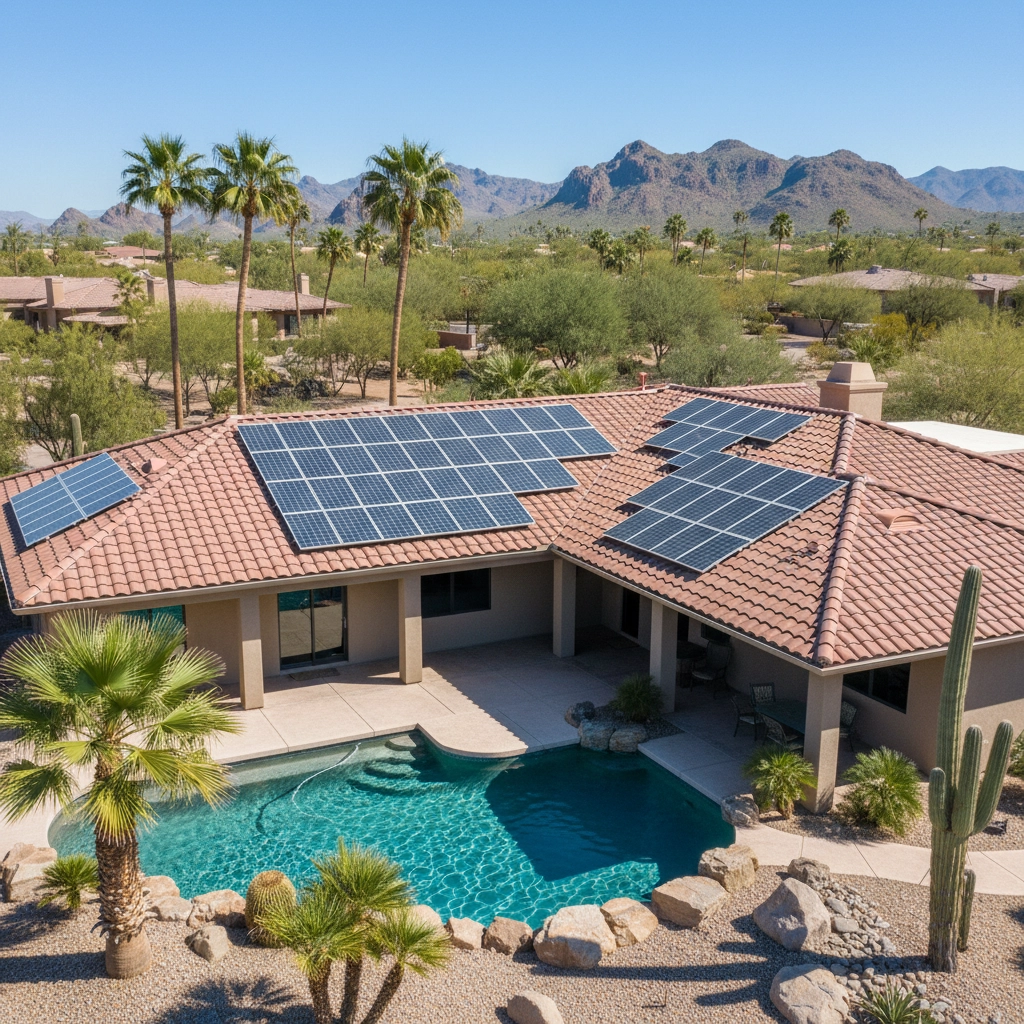
Solar Installation Considerations for Arizona
Position matters tremendously. South-facing roofs perform best, but southwest and southeast orientations work well too. Pool equipment placement should minimize piping runs to reduce pumping energy. Many Gilbert and Chandler homeowners successfully integrate solar panels with existing rooflines for seamless aesthetics.
LED Lighting: Bright Savings in the Desert
Arizona pool owners love evening entertaining – it's often the most comfortable time to enjoy outdoor spaces. Traditional incandescent pool lights consume 300-500 watts while generating significant heat that your cooling system must overcome.
LED pool lights use 80% less energy while producing brighter, more vibrant illumination. A typical LED pool light consumes just 40-60 watts compared to 300-500 watts for incandescent alternatives. For Arizona homeowners who use pool lighting frequently, LED upgrades typically pay for themselves within 2-3 years through reduced electricity costs and elimination of frequent bulb replacements.
Modern LED systems offer color-changing capabilities, smartphone control, and integration with pool automation systems. This creates stunning nighttime ambiance while maintaining energy efficiency.
Pool Automation: Smart Control for Smart Savings
Pool automation systems excel in Arizona's variable conditions. These systems automatically adjust equipment operation based on time of day, temperature, usage patterns, and utility rate schedules. Many Arizona utilities offer time-of-use pricing where electricity costs significantly less during off-peak hours.
Smart automation systems can shift energy-intensive operations to these cheaper periods. For example, your system might run filtration cycles during low-cost morning hours, then reduce operation during expensive afternoon peak periods when electricity rates triple.
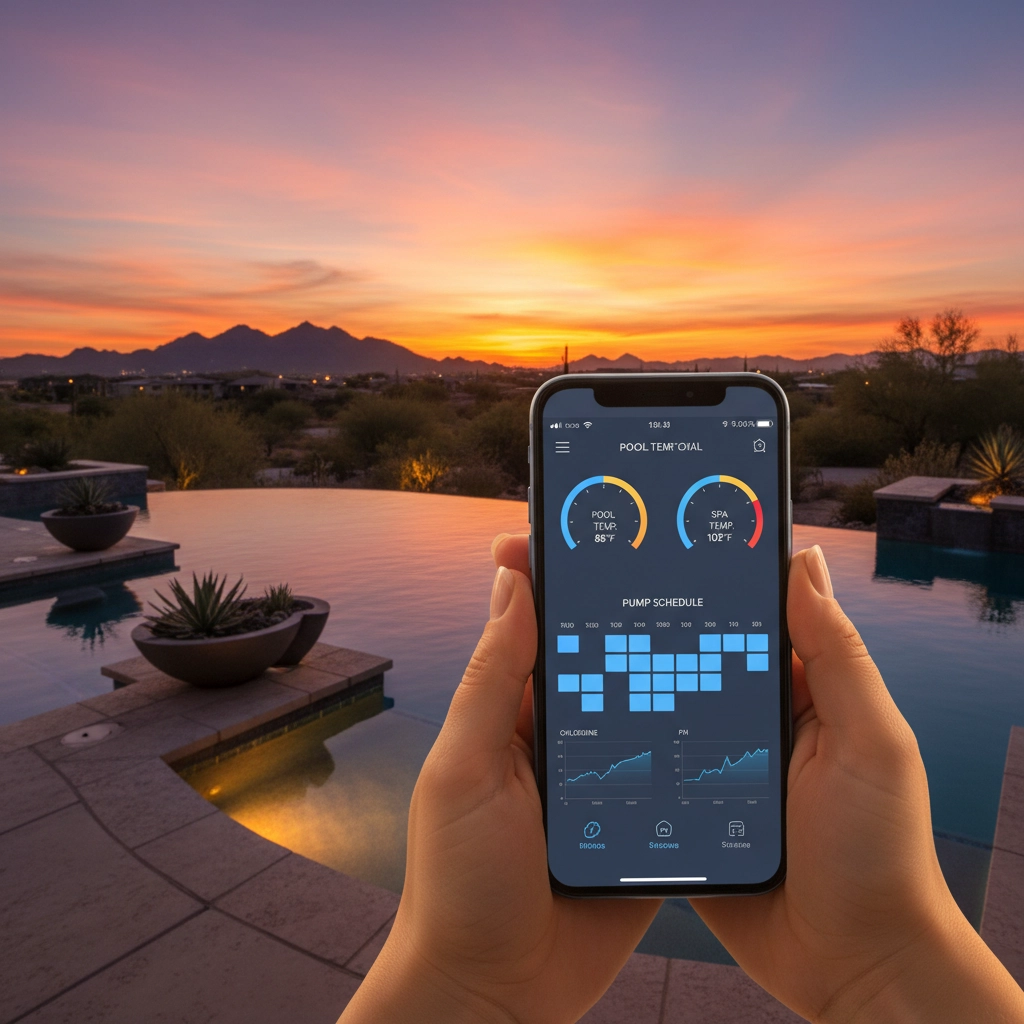
Advanced automation enables remote monitoring and control. Monsoon approaching? Adjust chemical feeders remotely. Temperature spike forecast? Pre-cool your pool during off-peak hours. These capabilities prove especially valuable for Queen Creek and San Tan Valley residents who might commute to Phoenix and want pool control from anywhere.
Design Strategies for Desert Efficiency
Strategic Shade and Windbreaks
Smart landscaping dramatically impacts pool energy efficiency. Strategic shade structures reduce direct sun exposure during peak heat, minimizing evaporation and cooling system workload. Desert-adapted trees like Palo Verde or Texas Red Oak provide excellent shade while thriving in Arizona conditions.
Wind barriers prove equally important. Arizona's spring winds can increase evaporation rates by 300%. Privacy walls, landscape screening, or strategically placed hardscaping can dramatically reduce wind impact and evaporation losses.
Pool Surface Materials
Light-colored pool finishes reflect more heat than dark surfaces, reducing cooling requirements. Aggregate finishes with reflective properties can reduce pool deck temperatures by 20-30°F compared to dark concrete – crucial for bare-foot comfort in Arizona summers.
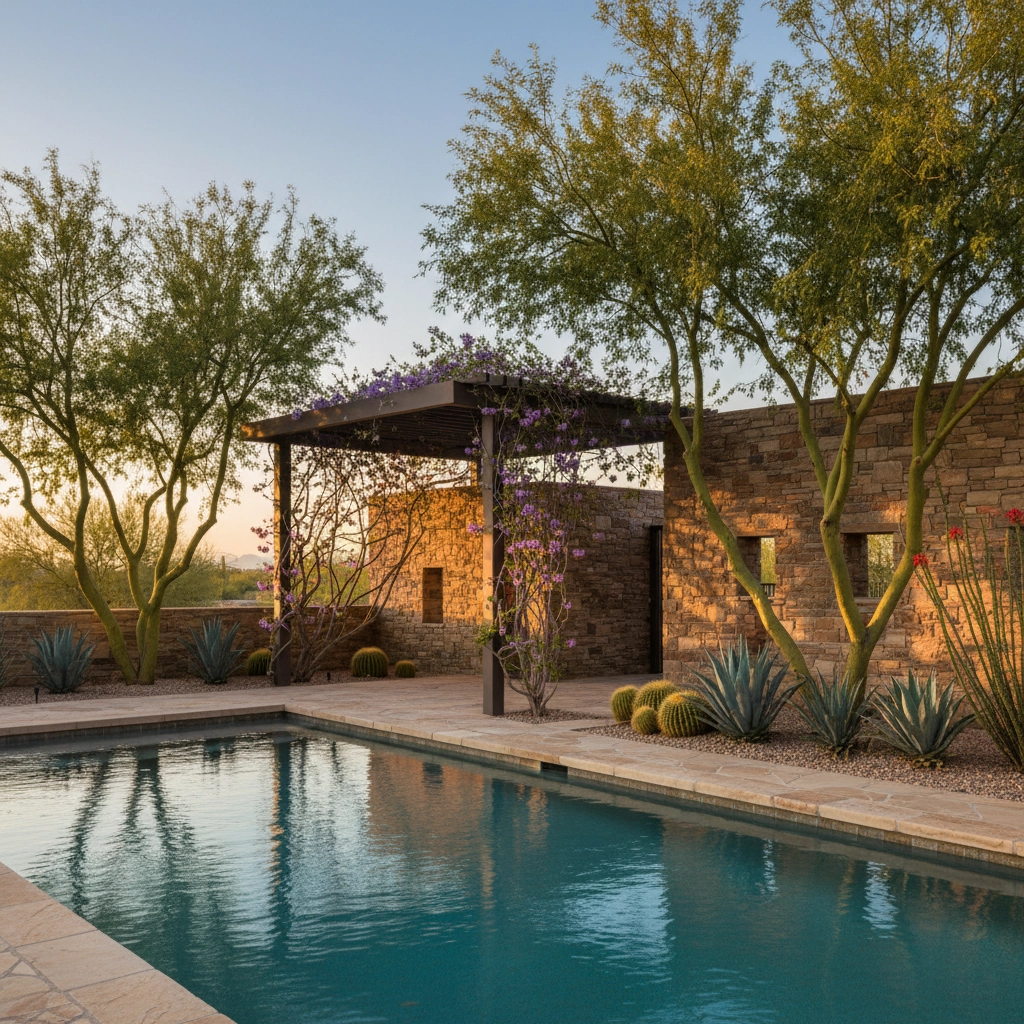
Water Management in Arizona's Extreme Climate
Proper water chemistry becomes critical in Arizona's intense UV environment and extreme temperatures. Well-balanced water reduces equipment strain while maintaining safe, comfortable swimming conditions.
pH Management
Arizona's alkaline soil and high mineral content in municipal water supplies create ongoing pH challenges. Regular testing and adjustment prevent equipment corrosion and chemical waste. Properly balanced water requires less sanitizer, reducing chemical costs and environmental impact.
Evaporation Control
Arizona pools lose 5-7 feet of water annually through evaporation – significantly higher than national averages. Pool covers reduce evaporation by 90% while retaining heat overnight. Even partial coverage during peak sun hours provides substantial savings.
Liquid solar covers offer a low-maintenance alternative. These molecular-thin barriers reduce evaporation by 40-60% without the hassle of solid covers. For busy families in Mesa or Chandler, liquid covers provide excellent compromise between convenience and efficiency.
Seasonal Optimization Strategies
Arizona's climate allows year-round pool operation, but energy-efficient management varies seasonally. Summer months require maximum cooling and filtration. Spring and fall offer opportunities for reduced operation while maintaining water quality.
Winter operation in Arizona focuses on maintaining circulation and preventing algae growth during shorter daylight hours. Solar heating systems can maintain comfortable temperatures through most Arizona winters, eliminating gas heating costs.
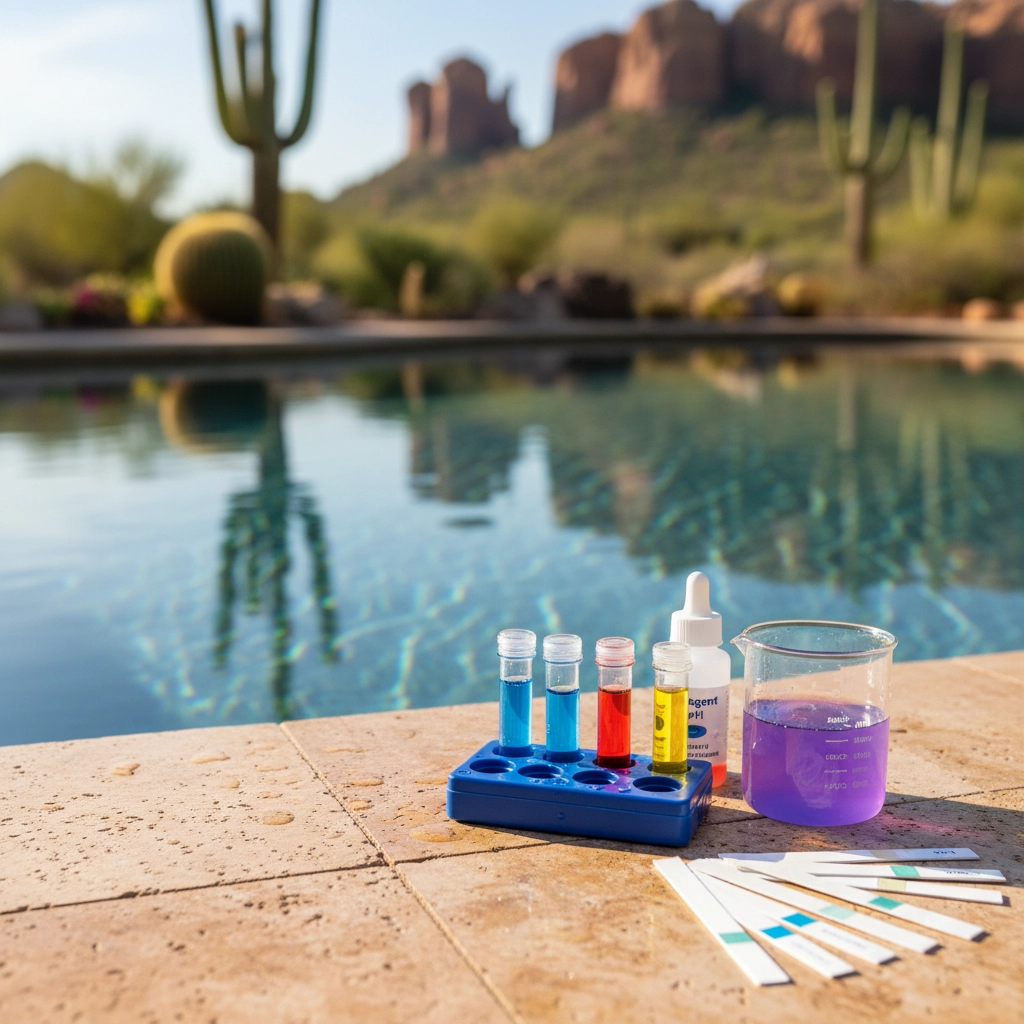
Integration with Home Energy Systems
Many Arizona homeowners combine pool efficiency upgrades with whole-home solar installations. Properly sized residential solar systems can offset pool energy consumption while providing home electricity needs. Arizona's net metering policies make these combined systems particularly attractive.
Battery storage systems paired with solar provide energy independence during peak-rate periods and monsoon-related outages. For Gilbert and Queen Creek residents with pools and home offices, integrated energy systems offer comprehensive solutions.
Maintenance Practices for Maximum Efficiency
Regular maintenance ensures efficient operation. Clean filters maintain proper flow rates while reducing pump strain. Weekly water testing prevents chemical imbalances that waste energy and money. Professional equipment inspections catch minor issues before they become expensive problems.
Seasonal equipment servicing optimizes performance. Variable-speed pump impeller cleaning, solar panel inspection, and automation system calibration maintain peak efficiency. Many Arizona pool service companies offer specialized energy-efficiency maintenance programs.
The key to successful energy-efficient pool operation in Arizona lies in understanding our unique climate challenges and leveraging them as advantages. With proper equipment selection, smart automation, and strategic operational practices, Arizona pool owners can enjoy extended swimming seasons while achieving lower energy costs than moderate climate regions. The initial investment in efficiency upgrades typically pays for itself within 2-4 years, after which you'll enjoy decades of reduced operating costs and enhanced swimming enjoyment in the Arizona sun.
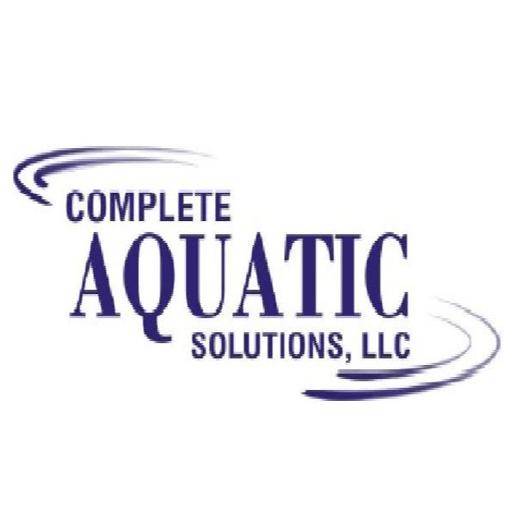
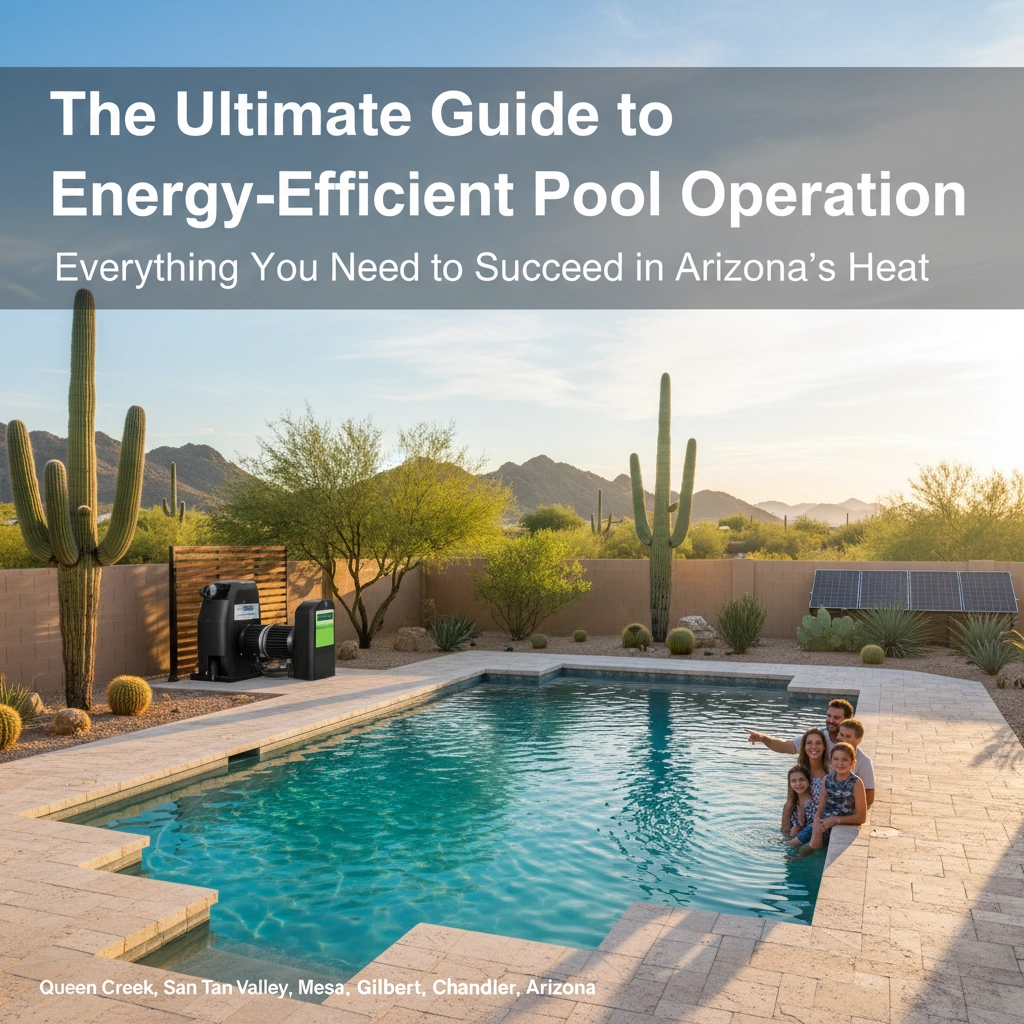
0 Comments